About Gwalior
Gwalior
The Gateway of Madhya Pradesh
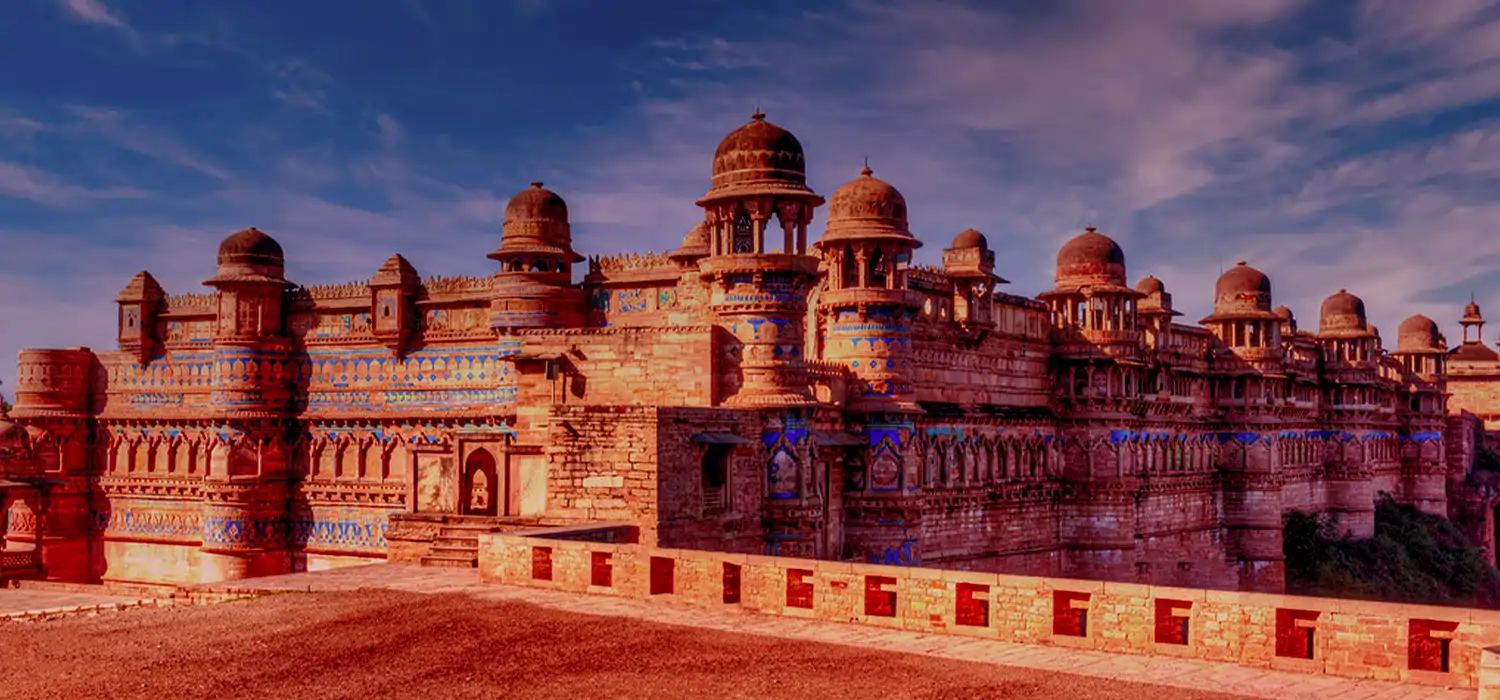
Gwalior, in northern Madhya Pradesh’s Gird region, is a historic city strategically located 343 km south of Delhi, 120 km from Agra, and 414 km from Bhopal. Known for its fortress, it has been ruled by the Kachchhapaghatas (10th century), Tomars (13th century), Mughals, Marathas (1754), and the Scindia dynasty in the 18th century. In July 2025, it recorded the best air quality (AQI 82) among the four major cities of Madhya Pradesh.
Once ruled by the Kachchhapaghatas, Tomars, Mughals, Marathas, and Scindias, Gwalior’s history reflects a glorious past. Today, it stands as an important tourist and industrial hub, recognized under the Smart Cities Mission.
Surrounded by scenic hills and historical monuments, Gwalior blends its royal legacy with modern development, making it an inspiring destination for heritage lovers.
Gwalior Sight Scene
A culturally rich city with all things beautiful, Gwalior has had a glorious history with prominent dynasties ruling the region in the past. With all its forts, palaces, parks, and museums, Gwalior is definitely worth a visit!
Maharaja Man Singh Fort
The Man Singh Palace, also known as Man Mandir, is a captivating monument within the Gwalior Fort in Madhya Pradesh, India. Built in the 15th century by Raja Man Singh Tomar, it is a testament to the artistic and architectural brilliance of the era.
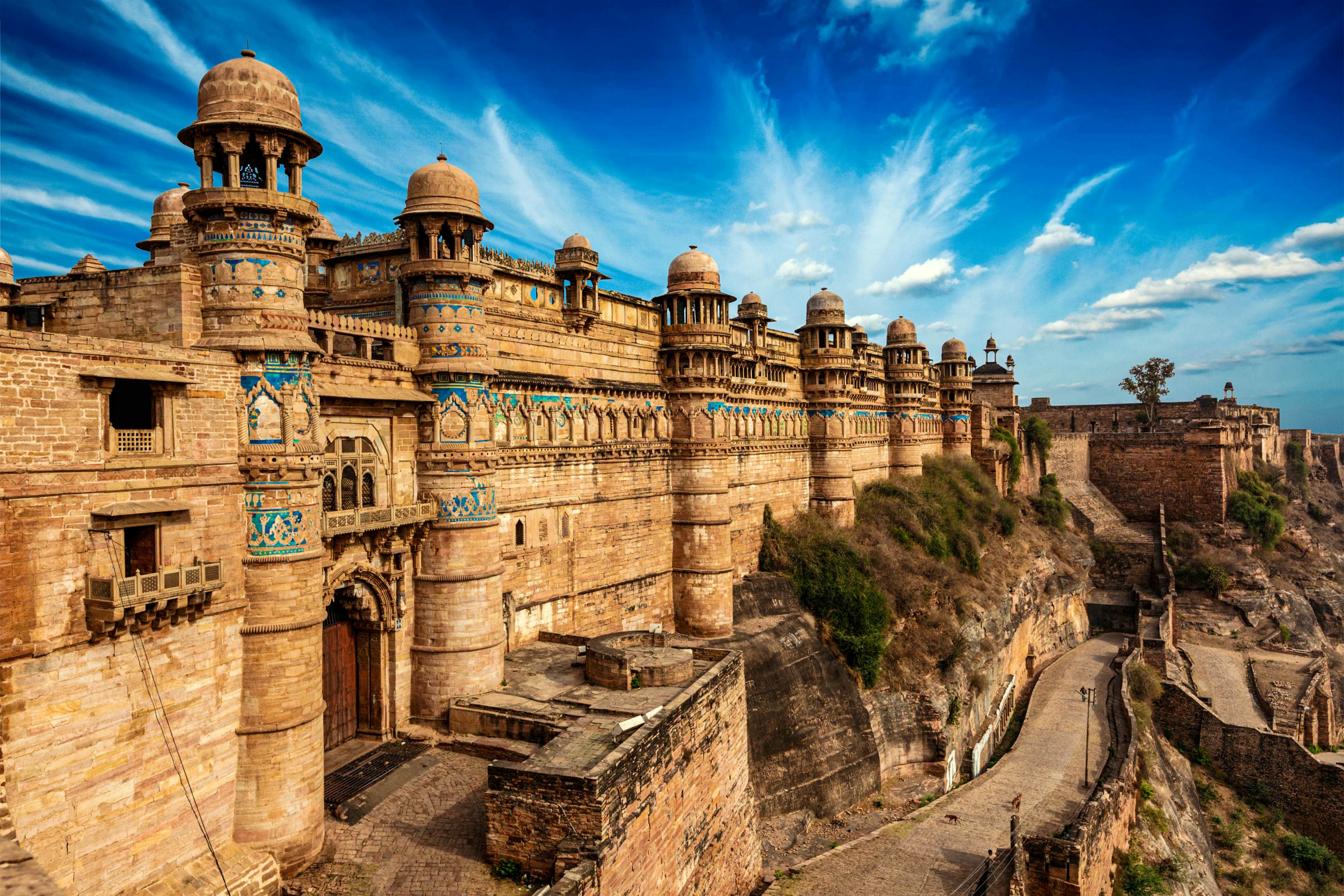
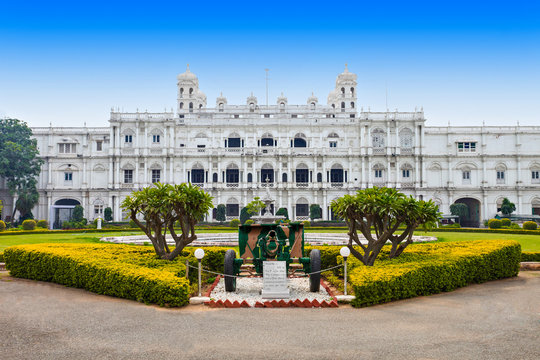
Jai Vilas Palace
The Jai Vilas Palace is a 19th-century palace located in Gwalior, Madhya Pradesh, India. It was built in 1874 by Maharaja Jayaji Rao Scindia, the then-Maharaja of Gwalior, as his European-style residence.
Sun Temple
The Sun Temple, also known as Surya Mandir, is a relatively modern Hindu temple located in Gwalior, Madhya Pradesh, India. Dedicated to the Sun God, Surya, it was built in 1988 by the prominent industrialist G.D. Birla. The temple's architectural design is inspired by the iconic Sun Temple in Konark, Odisha.
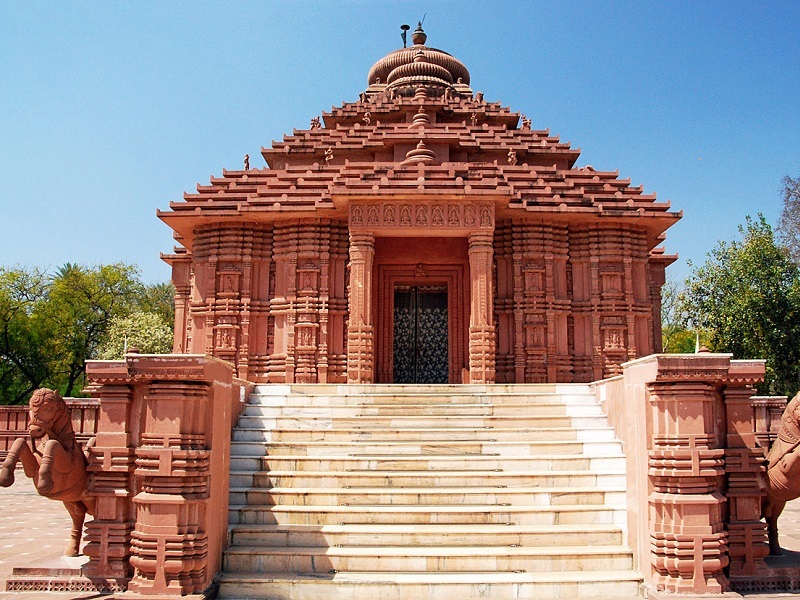
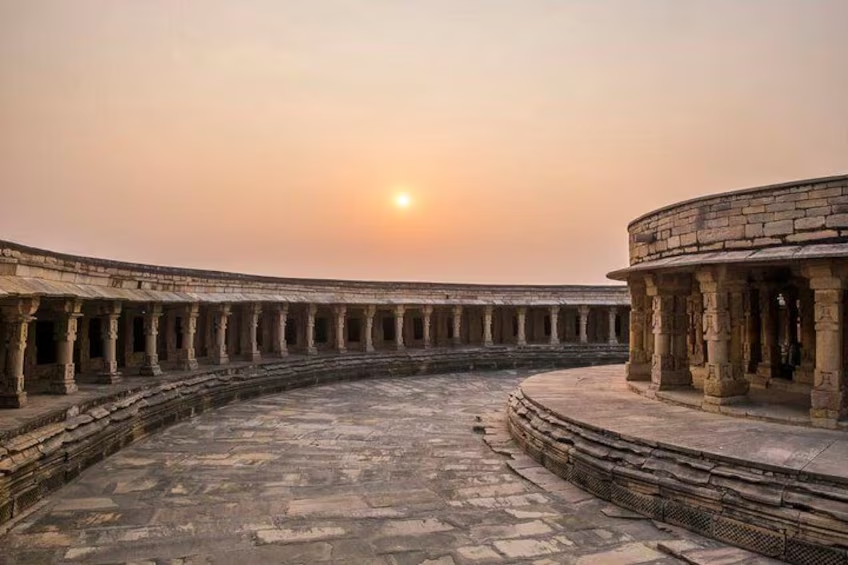
Mitawali & Padavali
Mitawali & Padavali , a village in the Morena district of Madhya Pradesh, is renowned for its archaeological significance, particularly its circular Chausath Yogini Temple. Located approximately 30-40 kilometers from Gwalior, it's considered an important site for ancient Indian heritage. The Chausath Yogini Temple, also known as Ekattarso Mahadeva Temple
Gurudwara Data Bandi Chhod
Gurudwara Data Bandi Chhod Sahib, situated atop Gwalior Fort in Madhya Pradesh, is a revered Sikh pilgrimage site.
Its significance stems from the imprisonment of Guru Hargobind Sahib, the sixth Sikh Guru, by Mughal emperor Jahangir. “Data Bandi Chhod literally means “giver, breaker of chains.” It refers to Guru Hargobind’s celebrated release and the liberation of 52 Rajput kings imprisoned alongside him for years.
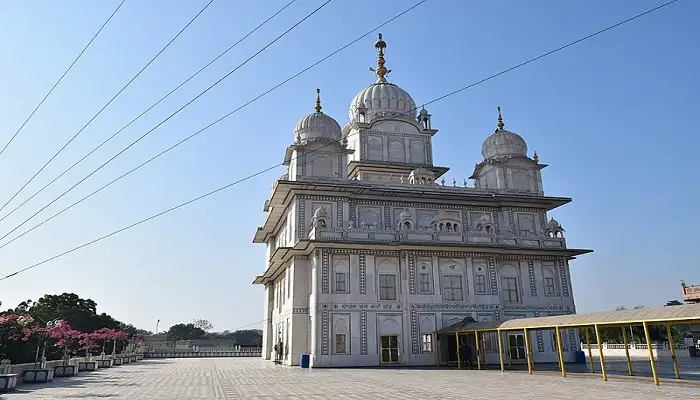

Lord Bateshwar Temples
The Bateshwar group of temples is an important archaeological site located in the Morena district of Madhya Pradesh, about 35 kilometers north of Gwalior and about 30 kilometers east of Morena town. This complex houses nearly 200 sandstone Hindu temples and their ruins, built in the post-Gupta, early Gurjara-Pratihara style of North Indian temple architecture.
Lord Ram Raja Temple
The Ram Raja Temple in Orchha, Madhya Pradesh, is a unique Hindu pilgrimage site dedicated to Lord Rama, revered as the King of Orchha. Unlike other temples where Lord Rama is worshipped as a deity, in Orchha, he is given the respect and ceremony due to a ruling monarch. This distinctive custom stems from a legend involving King Madhukar Shah and Queen Ganesh Kunwari in the 16th century.


Ancient Lord Shani Temple
The Shani Dev Mandir in Gwalior (also known as Shanichara Temple), located in Aiti village of Morena district, about 23 km from Gwalior, is a historically and spiritually significant Hindu temple dedicated to Lord Shani (Saturn). According to local legend and ancient texts, this is the spot where Shani Dev landed after being thrown from Lanka by Hanuman during the Ramayana period, when Hanuman rescued him from Ravana's imprisonment.
Saas Bahu Temple
Lord Vishnu phrase "Saas Bahu" in Gwalior primarily refers to the Sas-Bahu Temples within the Gwalior Fort complex. These temples, built in the 11th century by King Mahipala of the Kachchhapaghata dynasty, are dedicated to Lord Vishnu. The larger temple is known as "Saas" and the smaller one as "Bahu," with popular belief attributing the names to a mother-in-law and daughter-in-law
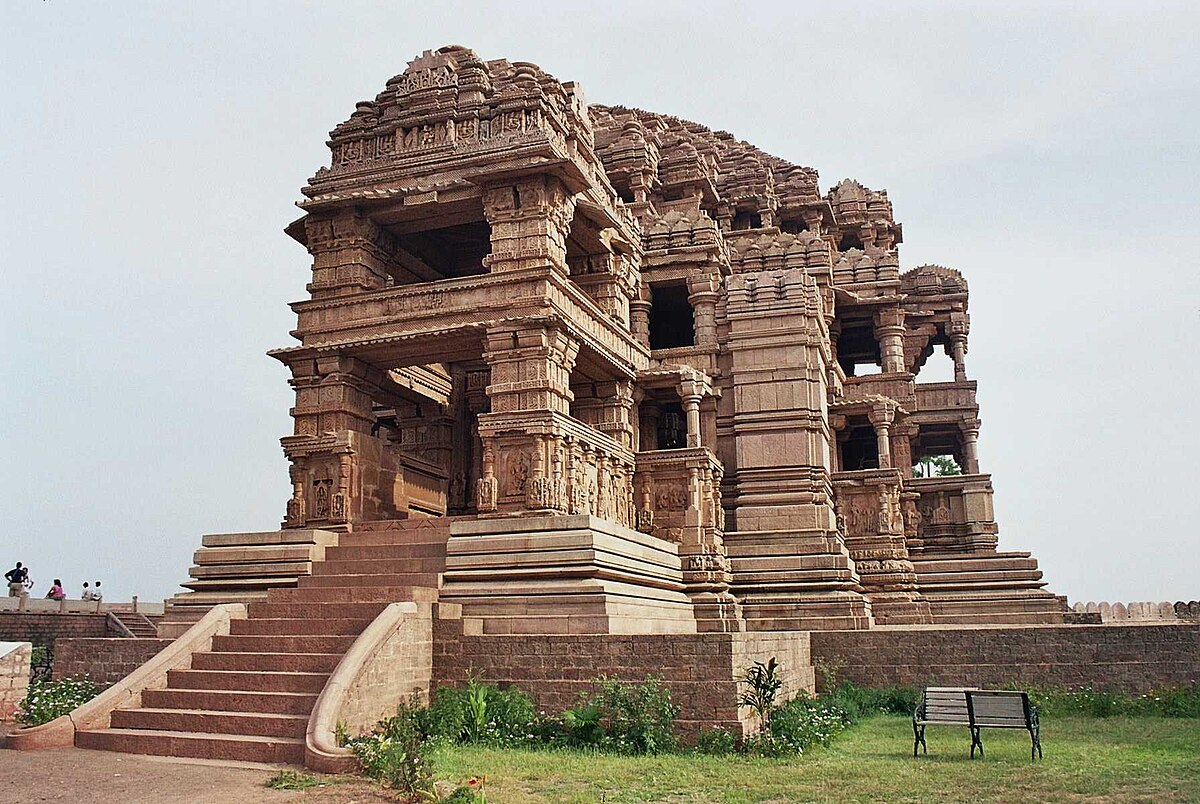
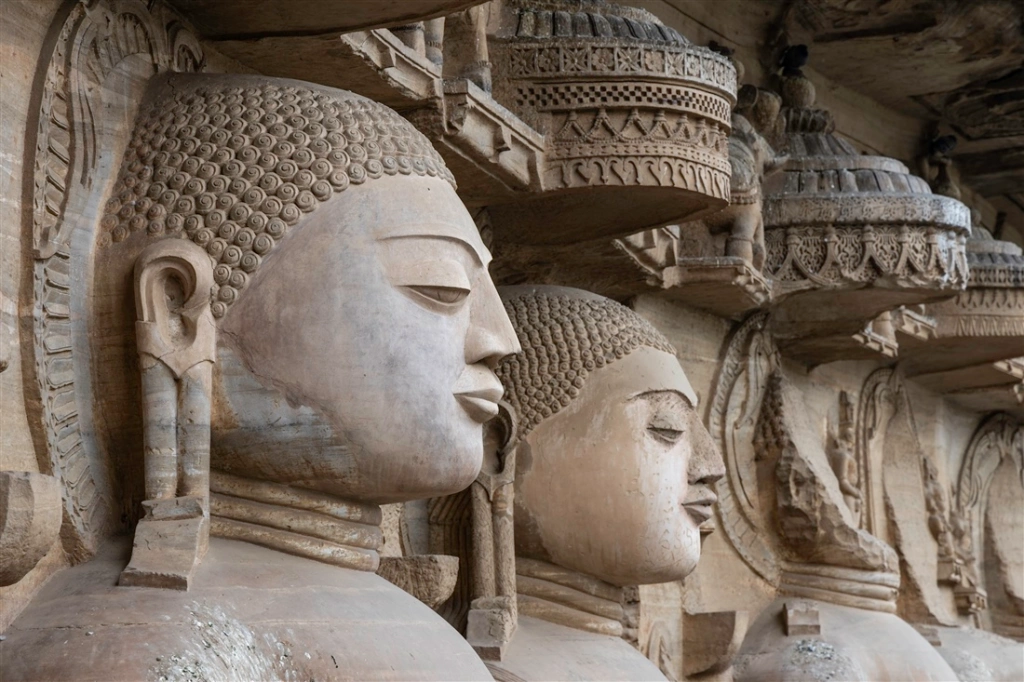
Gopachal Parvat
Gopachal Parvat, located in Gwalior, Madhya Pradesh, is a significant site known for its colossal rock-cut Jain sculptures carved into the hill's rocks. These carvings, dating back to the 7th to 15th centuries, primarily depict Tirthankaras, the spiritual teachers of Jainism, in various postures, including seated and standing forms. Among the prominent sculptures is a massive 47-foot (14-meter) statue of Parshvanatha in the lotus posture, considered the largest of its kind.